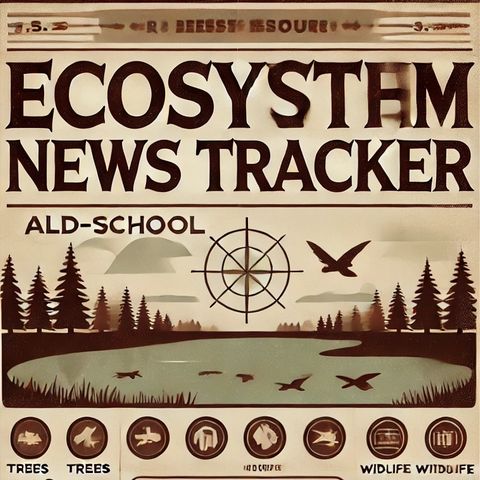Unveiling the Aquatic Ecosystem Impacts of Artificial Light at Night

Descarga y escucha en cualquier lugar
Descarga tus episodios favoritos y disfrútalos, ¡dondequiera que estés! Regístrate o inicia sesión ahora para acceder a la escucha sin conexión.
Unveiling the Aquatic Ecosystem Impacts of Artificial Light at Night
Esta transcripción es generada automáticamente. Ten en cuenta que no se garantiza una precisión absoluta.
Descripción
Artificial Light at Night (ALAN) is a growing concern for scientists at the Western Fisheries Research Center as it significantly impacts aquatic ecosystems. The research team is dedicated to understanding...
mostra másALAN can disrupt the natural light cycles that aquatic organisms rely on for crucial behaviors like reproduction, feeding, and migration. For instance, many fish and invertebrates synchronize their activities with the lunar cycle, and artificial light might cause them to miss these critical biological cues, leading to adverse outcomes in their lifecycle events.
The research team is focused on collecting data from various field sites to investigate these effects more closely. They utilize an array of tools, from underwater sensors to night-vision cameras, to track changes in species behavior and ecosystem health. Recent images from the field show innovative methodologies being applied in settings ranging from remote streams to urban watersheds where light pollution is prevalent.
One notable discovery is the change in predation patterns due to ALAN. Predatory species, such as certain fish that hunt by sight, were observed exploiting artificially lit areas to capture prey with greater efficiency than in darkened conditions. Meanwhile, prey species were noted to alter their habitats and behaviors to avoid these illuminated areas, which could lead to imbalances in local food webs.
Moreover, the team is examining how artificial light affects primary productivity within these ecosystems. Light influences photosynthetic organisms, like algae, whose growth forms the base of many aquatic food webs. ALAN may lead to increased or decreased growth depending on the light spectrum and exposure, altering the availability of resources for other organisms in the ecosystem.
The ongoing research at the Western Fisheries Research Center is crucial as it aims to guide policymakers and conservationists in mitigating the effects of ALAN on aquatic ecosystems. By understanding these dynamics, strategies can be developed to manage artificial lighting in environmentally sensitive areas, ensuring a balance between human activity and ecosystem health.
With continued study and collaboration with other research institutions, these findings will contribute to a broader understanding of ALAN's ecological consequences. It is imperative to address these challenges as urbanization and technology advancements perpetually expand the scope of artificial lighting.
Información
| Autor | QP-4 |
| Organización | William Corbin |
| Página web | - |
| Etiquetas |
Copyright 2024 - Spreaker Inc. an iHeartMedia Company
